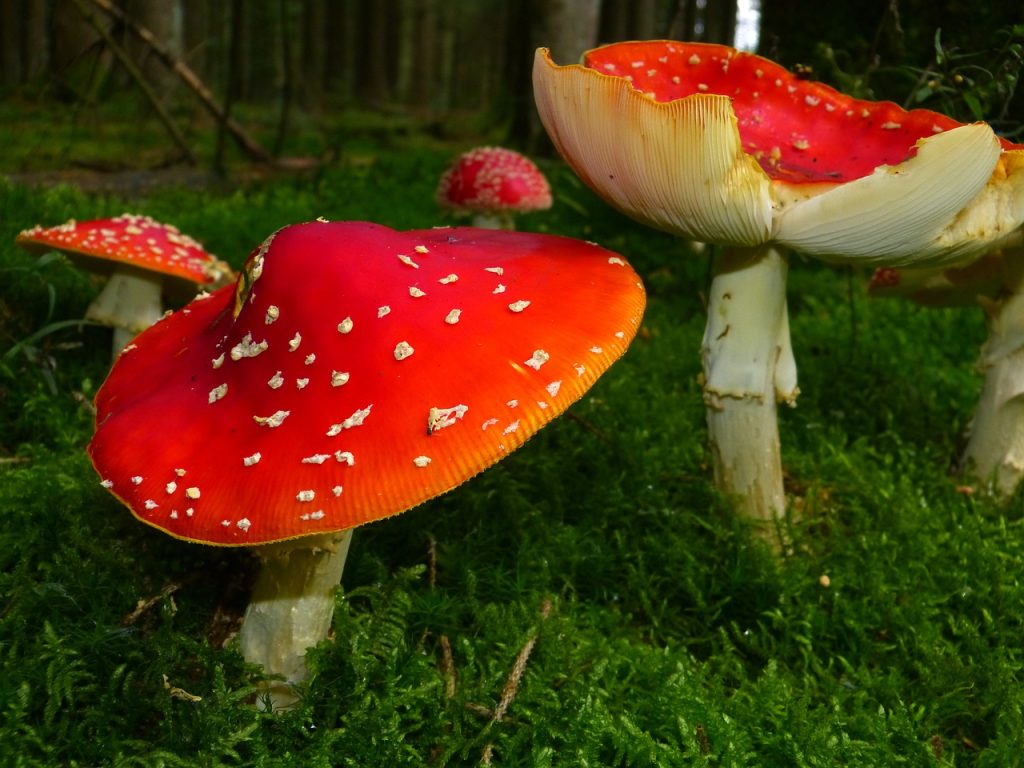The fascinating history of the Fly Agaric mushroom can be traced back thousands of years, with its origins deeply rooted in ancient cultures and civilizations. This enchanting fungus has captivated the minds of people across continents, playing a significant role in various rituals and beliefs, as well as inspiring countless myths and legends. The intriguing story behind this vibrant red-and-white mushroom begins with its earliest discovery by our ancestors.

Among the earliest known encounters with this enigmatic fungus is that by the indigenous peoples of Siberia. These groups held the Fly Agaric in high esteem for its powerful hallucinogenic properties, using it in religious ceremonies to induce altered states of consciousness and facilitate communication with their spiritual realm. As such, it became an essential component in their shamanistic practices and traditions, often associated with animal transformations or journeys into other worlds.
In addition to these Siberian tribes, evidence suggests that several other ancient cultures were also aware of the mystical properties of this remarkable mushroom. For instance, some researchers believe that it played a central role in Vedic Indian culture around 1500 BCE due to references made about “Soma,” an intoxicating plant consumed during religious ceremonies that bear striking similarities to descriptions of Fly Agaric effects.
Even further back in time are speculations about its possible involvement within Minoan Crete around 2000 BCE; archaeological finds have uncovered frescoes depicting figures holding mushrooms resembling Amanita muscaria (the scientific name for Fly Agaric). This suggests not only awareness but potentially even reverence for these fungi among early Minoan civilization members.
Across Europe throughout medieval times and beyond, tales abound featuring red-capped gnomes or fairies dancing around these magical fungi – reinforcing their mythical status within popular folklore. It’s even been suggested that Lewis Carroll’s iconic character Alice may have consumed a piece from one such mysterious mushroom during her adventures down the rabbit hole!
Over time though, the Fly Agaric’s role in history has evolved, with a shift from being revered for its spiritual properties to feared for its toxic and hallucinogenic effects. Today, it is widely known as a poisonous mushroom, yet it still holds an unmistakable allure and intrigue that continues to captivate our imaginations.
As we delve deeper into the history of this enigmatic fungus, it becomes increasingly evident that the Fly Agaric has held a unique place within human culture throughout the ages. Its vibrant appearance and potent effects have left an indelible mark on societies across time and space – from ancient Siberian shamans to medieval European folklore. And while its role may have changed over time, one thing remains certain: the Fly Agaric will forever be remembered as one of nature’s most fascinating and mysterious gifts.
